COMPANY INSIGHT
Sponsored by: Aspect Environmental
The Environmental Owner Model – Reducing liability, enhancing reputation
Aspect Environmental provides environmental advisory and compliance services in the mining, utilities, energy, resources and industrial sectors across Australia and South East Asia.


An Environmental Owner model can remove the government, community and commercial reputational and commercial risk around transfer of a mining asset. Where the Environmental Owner (i.e Aspect) is not susceptible to drops in commodity prices, it will progressively achieve the closure, completion and relinquishment requirements, reducing long term contingent liabilities.
“The large number of historical and modern abandoned mines compared with the handful of fully rehabilitated sites shows that the mining industry does not have a good record at cleaning up after itself.” (The Australia Institute “Dark side of the boom – What we do and don’t know about mine, closures and rehabilitation” (April 2017))
75% of Australian mines have been closed in an unplanned way, leaving them either abandoned or not properly rehabilitated.
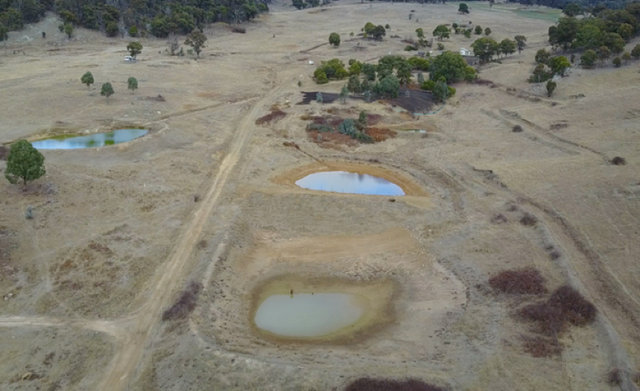
More than half of the country’s coal mines are managed by pro-Russian separatist militia.Credit: DmyTo/Shutterstock.
More than half of the country’s coal mines are managed by pro-Russian separatist militia.
Credit: DmyTo/Shutterstock.
About 50,000 abandoned mines lie scattered around the country, with the liability for rehabilitation shifting from the private sector to the underfunded public purse. As an officer with the NSW Department of Mineral Resources in the late 1990’s reviewing the ANZMEC closure recommendations, it is clearly apparent that closure planning has advanced over the last 20 years, however, effective mine closure and lease relinquishment has not.
For mine operators, the costs of mine closure and rehabilitation represent a long trailing contingent liability for periods extending well-beyond 25 years. The liability is a financial, reputational and social one.
Mine closure and rehabilitation costs sit as a contingent liability on a Company’s accounting records and can be a frustration in progressing new developments once the productive capability of a site begins to diminish or suddenly stops.
While development expenditures, including borrowing costs, may be capitalized, the costs of closure and environmental obligations that arise from mine production activities are a current cost of production and are included in inventory costs.
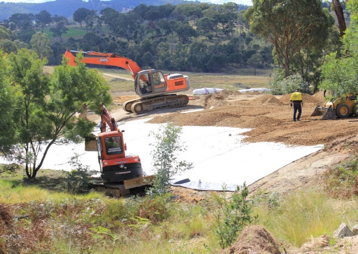
AusProof is celebrating 25 years of business in Australia in 2019.
Costs associated with restarting a mine that has been placed on care and maintenance would expectedly only be capitalised where they represent an improvement of the mine “beyond its original operating capabilities” (Financial Reporting in the mining industry 6th edition, 2012, PWC). The Australia Institute, in its April 2017 submission to the Commonwealth inquiry into mine rehabilitation, identified that Governments estimated that there were currently between 206 and 972 mines in care and maintenance across Australia. These figures, and their innate uncertainty provide a picture of the vulnerability of mining operations and their natural dependency on commodity markets.
While the sale of the asset may remove the legal contingent liability, it may reduce social and commercial reputation where the perception is one of “dodging responsibility” if not undertaken so as to reduce risk and deliver a certain outcome. (https://www.smh.com.au/business/old-challenges-for-the-new-face-of-australian-coal-20160406-gnzpdp.html)
An environmental owner model reduces this risk and can enhance reputation through actual delivery of closure and relinquishment of objectives that are not contingent on commodity volatility. This model maintains community commitments, local labour workforce and can contribute to community capacity building.
Transfer of mining assets and liability and placing responsibility, and liability, for rehabilitation and site closure in the hands of environmental professionals knowing that achievement of mine completion criteria and community supported outcomes is our objective.
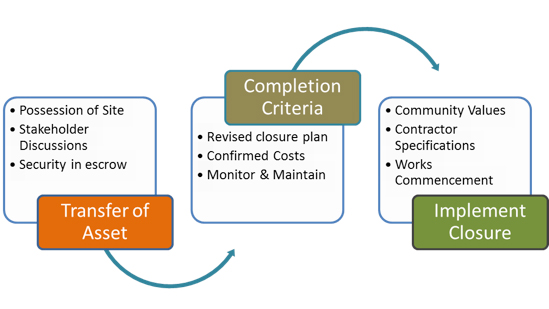
AusProof is celebrating 25 years of business in Australia in 2019.
Our focus on achieving mine closure does not diminish safety, environmental or community performance or outcomes. Our goal is preserving the community, stakeholder and commercial reputation of all parties.
Environmental performance is not affected by commodity price or market volatility.
Aspect also seeks to honour community/social commitments made by the current owners where reasonable and feasible to do so
Maintenance and enhancement of reputation is supported through application
of :
- United Nations Department of Economic and Social Affairs (UNDESA) and United Nations Environment Programme Industry and Environment (UNEP)
- Environmental Guidelines for Mining Operations
- International Union for the Conservation of Nature (IUCN) Commission objectives for ecosystem restoration
- IFC guidelines for Mine Closure and Post-Closure
- Equator principles – IFC and World Bank project lending guidelines
- Indigenous community capacity building through partnering with NANA Australia (http://www.nanaaustralia.com.au/) and similar organisations relevant to the project
- ANZMEC/MCA and ICMM Mine Closure guidelines and principles
- Local community group and NGO partnering
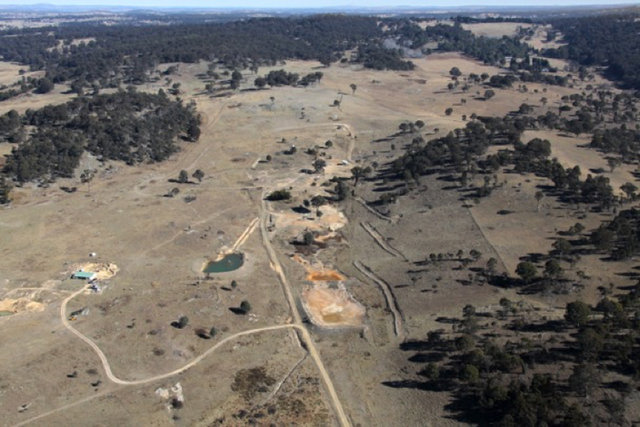
AusProof is celebrating 25 years of business in Australia in 2019.
Contact information
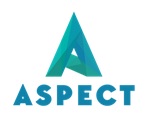
Suite 117 / 25 Solent Circuit
Baulkham Hills
NSW 2153
